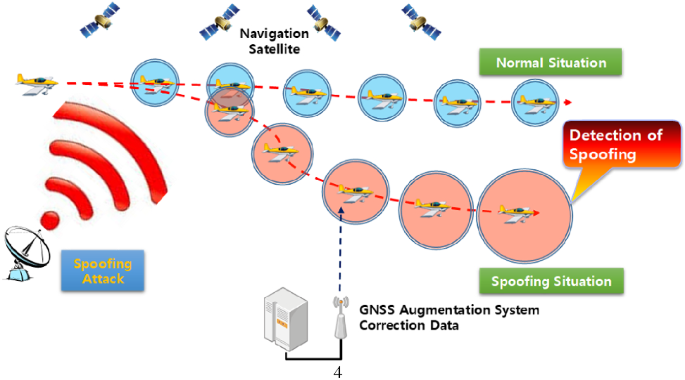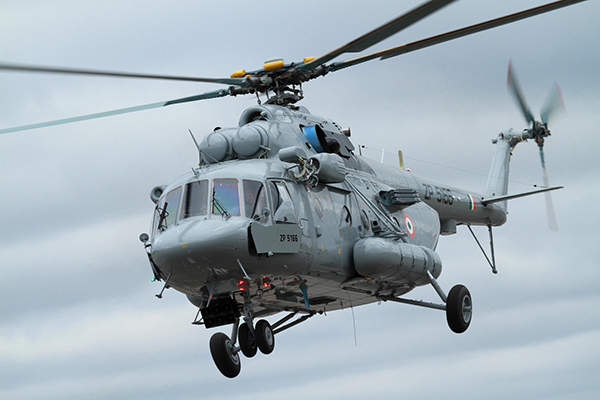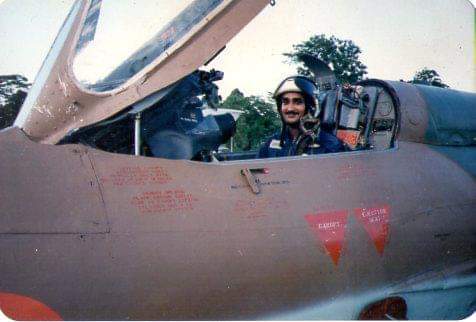While air travel has been the most preferred and safest mode of travel for public for decades. Safe evacuation of all the passengers has further demonstrated the importance of crew procedures and training, together with leadership qualities, communication skills and coordination. The main idea of this article is to highlight few recurring issues that are cause of concern for flight crew.
Category: Flight Safety
Put the Delay on Me
There are essentially two types of pressure: actual pressure and self-imposed pressure. The first of course is real pressure, applied directly or indirectly, for the task to be completed in a given time. On the other hand, individuals or teams may feel self-imposed pressure to complete a task within a given time, even when it is not advisable or feasible.
Misconceptions about Standing Water on Runway
The presence of water on runway significantly affects aircraft safety on ground and runway friction. ICAO has developed Global Reporting Format (GRF) to globally harmonise methodology for assessing and reporting runway surface conditions. This helps in mitigating the risk of runway excursion.
Upgrading your Preflight and Inflight Briefing.
In aviation, as flight crew we have to make Go- No Go decision from mountain of information available to us. The goal is to use briefing process to discuss the situation with crew and avoid making a mistake.
Suicide – Murder in Air: Should air-travellers be worried?
Wall Street Journal citing US officials investigating the Eastern China B737-800 crash in March 22 suggests that someone in cockpit gave control inputs which sent the plane into steep dive crashing at remote hill and killing everyone on board. If confirmed by NTSB this would be the third major disaster attributed to pilot suicide- murder. This includes German Wings flight in 2015 that was flown into French hills by co-pilot and Mozambique Airlines flight in Nov 2013. Reoccurrence of such incidents has highlighted the worry of air travellers for the safety. Should they be worried or scared to step into the aircraft for their future travel.
What Pilots should know about GNSS signal jamming or spoofing..
Satellite Positioning Systems like GPS, GLONASS, BeiDou, Gallileo can be the target of various attacks from basic jamming to more sophisticated spoofing of signals or even hard kill of satellites. While Jamming makes the GNSS unusable , Spoofing is a sophisticated form of RF interference which makes the receiver believe it is at false location.
Welcoming Back, Air India!
This blog reviews the human factors implications of Air India’s acquisition by Tata’s on the operation of Air India, Air India Express, Vistara and Air Asia India and its potential impact on flight safety.
Beyond the Control: Is Helicopter Operation More Risky?
The preliminary finding of the tri-service investigation into the fatal crash of the Mi-17V5, which led to the death of all 14 who were on board, including Chief of Defence Staff General Bipin Rawat, has ruled out mechanical failure, sabotage or negligence as the cause of the accident. The inquiry team said the accident was a result of the helicopter entering into the clouds due to an unexpected change in the weather conditions in the valley in Tamil Nadu, where it crashed. The change of weather led to spatial disorientation of the pilot resulting in a controlled flight into terrain (CFIT), a statement issued by the defence ministry has said.
Avoiding landing at the wrong airport; is it so demanding?
Geographic disorientation in aviation operations results from the failure of an aircrew to recognize and/or maintain the desired position relative to the external ground and airspace environment. Becoming lost during flight, intruding inadvertently into unauthorized airspace, selecting a wrong airway, landing on the wrong runway, and approaching the wrong airport–with or without actual landing–are some examples of inflight geographic disorientation.
Die Hard Spirit
If you make a mistake and do not correct it, this is called a mistake. Confucius Yet, many times when a mistake is made, people try to pretend that it did not happen or attempt to justify the wrong position or try to cover it up, which leads to additional mistakes. Quite often, more damage is done to credibility, relationships, trust and integrity when we attempt to cover it by lying. Of course, there is another choice when a mistake is made—admit it, learn from it and correct it. There…









